Protecting your financial information is crucial when searching for unclaimed property. While checking newspaper ads that list owners of unclaimed property is a good starting point, it's important to expand your search to increase the chances of discovering forgotten funds.
It's worth noting that certain types of lost assets, such as pensions and U.S. Savings Bonds, may not be protected by state agencies that publish these ads.
Fortunately, the proliferation of databases has made it easier than ever to locate lost property. In most cases, it is advisable to take on the role of a sleuth yourself instead of relying on finder firms, which charge a fee for their services.
If you come across funds that rightfully belong to you, the responsible fiduciary will provide detailed instructions on how to claim them.
However, it's essential to provide proof of your identity when making a claim.
In the case of property belonging to a deceased relative or friend, you will also need to demonstrate that you are the estate executor or the rightful heir, adding an additional layer of verification.
Understanding Dormancy Periods and Escheatment:
Unclaimed funds and assets can find themselves in a state of abandonment due to various circumstances. One common scenario is when a taxpayer relocates without updating their address with the tax authority, resulting in unclaimed refund checks.
Bank closures can also contribute to a pool of unclaimed funds, as customers may be unaware of the closure or lack information on how to retrieve their money.
Similarly, when companies cease operations, unclaimed pensions often arise as employees face uncertainties regarding the administration of their retirement funds.
Unclaimed property refers to assets that have surpassed the dormancy period, which is the duration between when a financial institution reports an account or asset as unclaimed and when the government declares it abandoned.
In most states, this dormancy period is set at approximately five years.
Once the state officially designates the property as abandoned or unclaimed, it enters a process called escheatment, whereby the state assumes ownership until the rightful owner files a claim and reclaims their assets.
Know your rights to find unclaimed investments:
- State-acquired assets
State-held unclaimed property, valued at approximately $32.8 billion, encompasses various asset types such as bank accounts, certificates of deposit, safe-deposit box contents, stocks, bonds, mutual funds, checks, refunds, traveler's checks, insurance payments, and more.
State treasuries and agencies administer these unclaimed property programs due to state laws deeming the property abandoned after a period of inactivity, typically ranging from three to five years.
During this period, financial institutions attempt to contact owners before transferring the assets to the state. The state then tries to locate the rightful owners through newspaper advertisements.
Unintentional loss of property occurs when individuals move, change names due to marriage or divorce, or are unaware of their inheritance.
- 401(k) plans
Losing a 401(k) or other defined-contribution retirement savings plan can happen in various ways. When changing jobs, if your account exceeds $5,000, you have the option to keep it with your previous employer.
However, if you relocate without updating your address, your former employer or the plan's management firm may lose contact with you.
For accounts valued below $5,000, failing to transfer them when switching jobs can lead to the money being moved to a default IRA invested in secure options like certificates of deposit or money market funds.
If the account is worth $1,000 or less, the funds may be placed in an interest-bearing, federally-insured bank account or transferred to your state's unclaimed property division.
Another scenario involves leaving the 401(k) with a bankrupt former employer who abandons the plan, resulting in a potential loss of trackability.
- U.S. Treasury Security
Each year, approximately 25,000 interest and principal payments on Treasury securities become undeliverable, returning to the government. Furthermore, there are billions of dollars in matured savings bonds that remain uncashed, even though they no longer accrue interest.
To track down these unclaimed funds, you can utilize the Treasury Hunt search engine available at www.treasurydirect.gov/indiv/indiv.htm. By clicking on "Search for Your Securities in Treasury Hunt" and entering your Social Security number, you can initiate the search process.
- My Wealth Locker
To find unclaimed assets on My Wealth Locker, visit their official website at My Wealth Locker and navigate to the search or "Find Unclaimed Assets" section.
Enter your personal information, including your name, address, and any other required details. Provide any additional information requested to refine your search.
Click on the search or "Find" button to initiate the search process. The platform will scan its database and present you with relevant results matching your information.
Carefully review the search results to identify any unclaimed assets or funds that belong to you. Follow the instructions provided by My Wealth Locker to claim your assets, which may involve submitting additional documentation or proof of ownership.
Final Thoughts
By delving into the complexities surrounding unclaimed investments, this guide sheds light on the various reasons assets go unclaimed and provides practical advice on how to reclaim them.
Moreover, it emphasizes the significance of protecting your financial information throughout the process, ensuring your personal and sensitive data remains secure.
With the knowledge gained from this guide, you can navigate the unclaimed investment landscape with confidence, armed with an understanding of your rights and equipped to reclaim what is rightfully yours.



